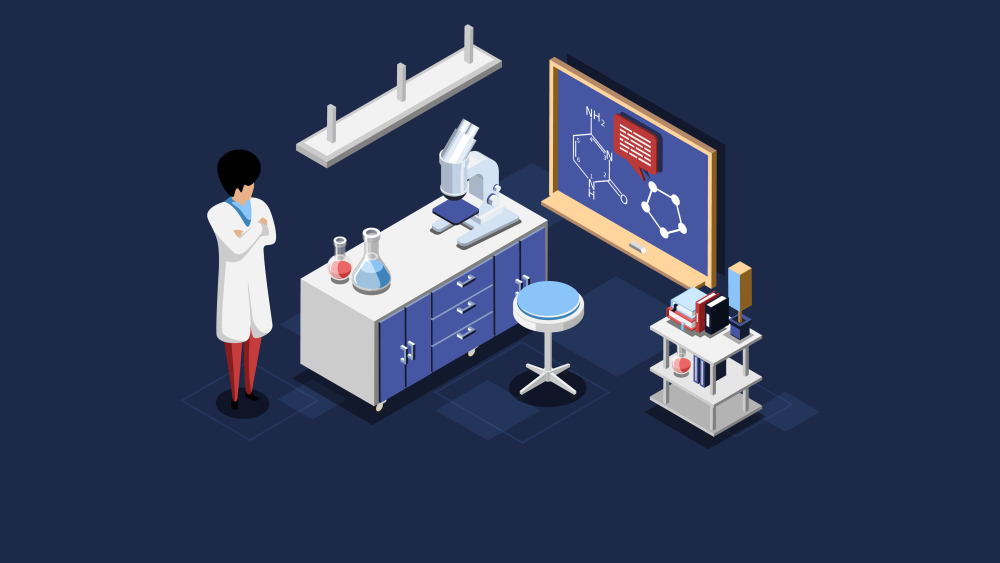Integrating digital tools for manufacturing process development, control and data analytics brings data together in ways that enhance visibility system-wide.
NECI’s digital process manufacturing tools helped Moderna accelerate its COVID-19 vaccine from a genetic sequence to a manufactured product in record time.
Integrating digital tools for manufacturing process development, control and data analytics brings data together in ways that enhance visibility system-wide. As a result, discrepancies can be identified and resolved, often in minutes rather than hours or days. This comprehensive, near-real-time visibility into each process provides a single source of truth, eradicates transcription errors, ensures compliance and vastly speeds manufacturing.
“Today’s manufacturing is more about scaling out than scaling up,” Philip Braun, senior director of life sciences for NECI, an Emerson Impact Partner, told BioSpace. “This isn’t traditional batch automation.”
Rather than merely scaling up processes and proving they work, today there’s more equipment integration and aggregation of data sources to improve visibility.
“It’s a speed and integration game,” Braun said.
For example, “Moderna’s COVID-19 vaccine is coming to market at a speed never seen before. Moderna has gone from an average batch release time (the interval between making the product and completing the quality check for any deviations) of three days to about three hours,” Braun said. “Without digital tools in place, the company couldn’t move this fast.”
Moderna is unique, in that it is an all-digital company.
“A lot of the digital technology is found in the early stage around the science, with next-gen sequencing and its mRNA platform that teaches cells to be their own bioreactors,” he said.
But it also took the next step.
“We helped it digitize its process development around data visibility, feeding data from analytical tools into process development and scale-up activities using our digital stack,” Braun said.
That stack includes process control, data historian and manufacturing execution system fully integrated into the broader Moderna ecosystem (e.g. lab information, calibration and quality management systems), thereby producing fully digital batch record.
By bringing these functions together, Braun said, “There’s no paper in the manufacturing suite, so human errors are significantly reduced, if not eradicated. Analysts can look at quality and release of product data more efficiently, using a digital fingerprint to understand issues rather than chasing a paper trail through multiple data sources.”
Consequently, the speed and level of integration at Moderna is a key feature that sets the company apart from other vaccine developers.
Before the COVID-19 pandemic, Moderna had built a new, flexible, clinical manufacturing facility designed to move multiple products in and out, which also supports the company’s holistic approach to digital design.
A digitally mature manufacturing facility needn’t be new, though, Braun pointed out. According to him, the starting points are different.
In a common scenario, legacy manufacturing plants evolved over time, with functions and technologies added along the way without any central, integrating force. As a result, data is on islands of instruments and equipment throughout the facility.
“You can still pull it all together, though,” he assured.
One of the first steps is to look toward enterprise-wide data repositories.
“The OT (Operation Technology) data lake is the glue that holds the digital stacks together,” Braun said. “Companies have islands of data (silos, some call them). To make those islands meaningful, data needs to be pulled together in operational context, so groups (such as operations or quality assurance) can see all the data.”
That makes it relatively easy to look at documentation regardless of data type or the function that generated it. Tacit, institutional knowledge can be captured, too, so know-how isn’t lost because of turnover.
“Moderna, as a fully-digital company, is at the leading edge of what’s possible,” Braun said.
Its digital approach not only slashed vaccine development timeline, but also helped managers gain new insights.
“The way they looked at data changed,” Braun said. With all the data at hand in the cloud and, to a lesser extent on the factory floor, users’ queries can ask not only “what,” but “why.”
For example, when a company like Moderna asks, “Why are my process trend running off specification?” They are quickly able to isolate root cause such as a variation in raw material.
“Because they maintain real time digital fingerprint of the genealogy of the batch, companies are able to discover discrepancies in a matter of minutes, rather than days or weeks,” Braun said.
Digital transformation isn’t merely automating processes or linking together databases.
“The data capabilities and what they make possible is very different, but that’s only one side of the coin,” he said.
Achieving true transformation requires an intellectual shift, and every company isn’t ready. Initially, “People ask for the same key performance indicators (KPIs) they always used,” Braun said, but much more is possible. The challenge is that “they don’t know how to gain the insights to unlock their value.”
NECI, therefore, developed digital ambassadors for user groups to help them take advantage of their new digital stack capabilities.
“This often means framing problems differently and querying the data differently,” Braun pointed out. “This isn’t about the technology, but about the adoption of technology. This is a long-term partnership,” with problem-solving as its sole purpose.
NECI, as part of the Emerson Impact Partner Network, is well-positioned for such long-term relationships. Emerson has a long reputation around innovation. Recent acquisitions around data integration/data lake technology, artificial intelligence and machine learning are producing additional advances. Emerson has a long history as a data solutions innovator. Its recent acquisitions reinforce that reputation.






